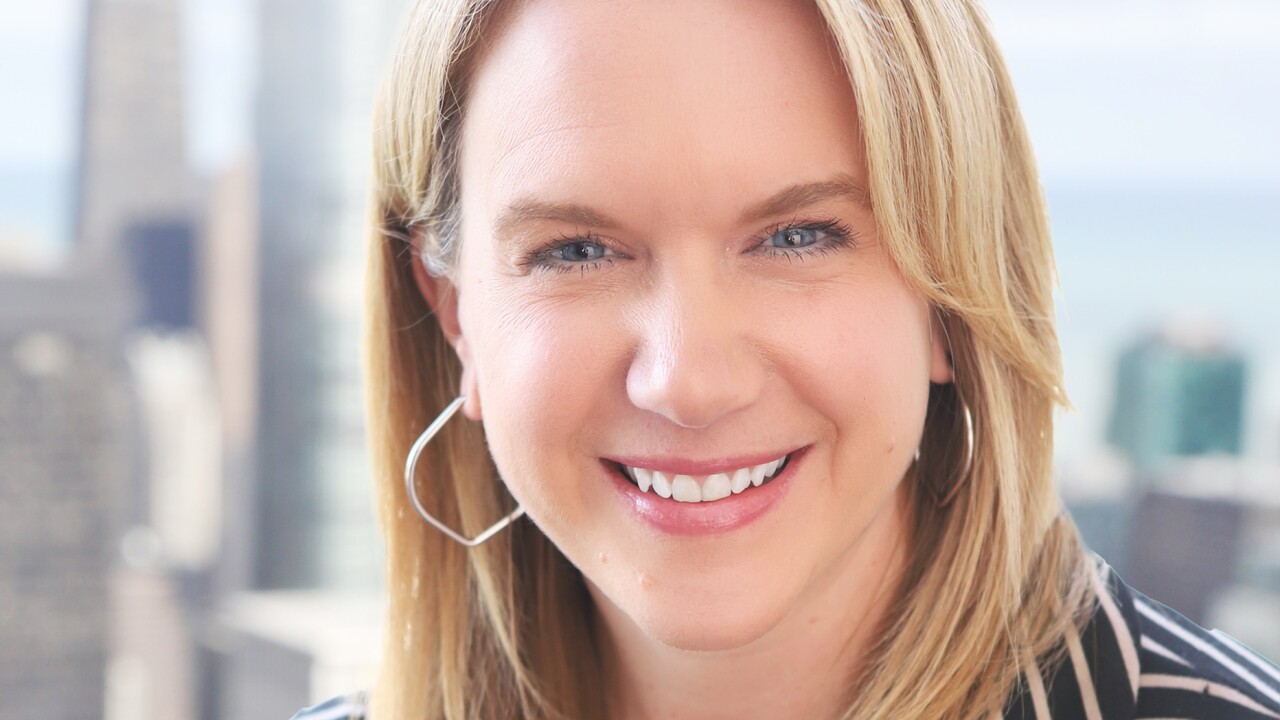-
The Federal Housing Finance Agency is planning to issue a final rule in the next 12 months to require Fannie Mae and Freddie Mac to better serve underserved markets, including manufactured housing, the agency said Thursday.
October 1 -
Although new HMDA data shows no negative effects from CFPB mortgage rules that went into effect last year, industry representatives argue it isn't showing the full picture.
September 22 -
WASHINGTON The number of mortgage originations dropped 31% to 6 million in 2014 due largely to a decline in refinancing as interest rates increased, according to a report issued Tuesday by the Federal Financial Institutions Examination Council.
September 22 -
WASHINGTON A bipartisan group of senators reintroduced a bill Wednesday that would prohibit lawmakers from using certain housing finance fees to offset unrelated government spending.
September 17
In recent weeks, the debate over what to do about the mortgage giants Fannie Mae and Freddie Mac has shifted from wholesale replacement to genuine reform.
The two government-sponsored enterprises, now in the eighth year of a conservatorship that began in the depths of the financial crisis, remain in limbo even after paying back nearly $238 billion to taxpayers — that's $50 billion more than they were ever loaned in the first place.
But that's not to say that we're any closer to Congress actually acting on GSE reform. Politics has something to do with the government's inaction, but so does the complexity of redesigning the entire housing finance market. Replacing Fannie and Freddie with an untested model would be impractical, if not destabilizing, for our housing economy. According to
Given this, it's not surprising that even critics of Fannie and Freddie who previously had called for getting rid of them have recently come to appreciate that reform, not replacement, is the answer. In this context, it's worth noting that some of these same critics are now advocating more so-called risk sharing by Fannie and Freddie. This week, the Bipartisan Policy Center in Washington will host a
Greater risk sharing by Fannie and Freddie would entail the GSEs' continuing to buy mortgages and, rather than holding all the credit risk themselves, sharing some or all of that risk with others who would be compensated for bearing the risk. The compensation could come in the form of lower guarantee fees (for mortgage originators) or higher yields on mortgage-backed securities (for investors).
Risk-sharing transactions by themselves aren't a bad thing. But in this particular context, and given their current conservatorship limbo, risk sharing could be a dangerous substitute for capital at Fannie and Freddie. That's because there simply isn't enough risk-bearing capital away from Fannie and Freddie to substitute for the liquidity that they provide the market. And remember, even though Fannie and Freddie earn billions of dollars per quarter, they have been unable to build capital since 2012, when the government decided to unilaterally change the terms of the conservatorships to sweep 100 % of their profits into Treasury's general fund.
In evaluating risk sharing, policymakers should ask this critical question: "From where will the capital come?" Let's examine the possibilities. First, it's not likely to come from the banking sector. Bank regulators don't want banks overly concentrated in mortgage risk, and the government seems unlikely to encourage the "too big to fail" banks to become materially larger.
Nor is the capital likely to come from mortgage insurers. The sector is tiny, with only $8 billion in equity capital today (compared with $11 billion before the financial crisis). Even if the mortgage insurance industry were able to double or triple its collective size, it would still be a drop in the bucket of the $5 trillion in mortgages held by Fannie and Freddie.
And private investors aren't going to fill the gap either. In fact, to date, after years of trying to push mortgage risk into the market, Fannie and Freddie have only offloaded $21 billion of credit risk to investors. Again, that's a small drop in the $5 trillion bucket.
So here's the key question for policymakers as they debate this concept of risk sharing by Fannie and Freddie. If we can't identify adequate capital to bear mortgage credit losses when they are incurred, then aren't we setting ourselves up for another series of government bailouts in the next housing downturn? Adequate capital levels at Fannie and Freddie, or any other party who accepts the risk, is the only defense against more bailouts. And while we contemplate this, we should also consider that as long as Fannie and Freddie remain in conservatorship limbo, with the Treasury stripping 100% of their profits each quarter, they're posing a major risk to taxpayers because they are grossly undercapitalized.
The discussion about what to do with Fannie and Freddie, or what role they ought to have in U.S. housing finance always comes back to capital. Fannie and Freddie were designed to play a countercyclical role in the mortgage market — to provide credit at times, and to people, when others won't or can't. If we're going to replace them, then we must also replace the capital they provide. That's proving to be a bigger challenge that some might like to admit.
William Isaac, a former chairman of the Federal Deposit Insurance Corp., is senior managing director and global head of financial institutions at FTI Consulting. He and his firm provide services to many clients, including some who may have an interest in the subject matter of this article. The views expressed are his own.





